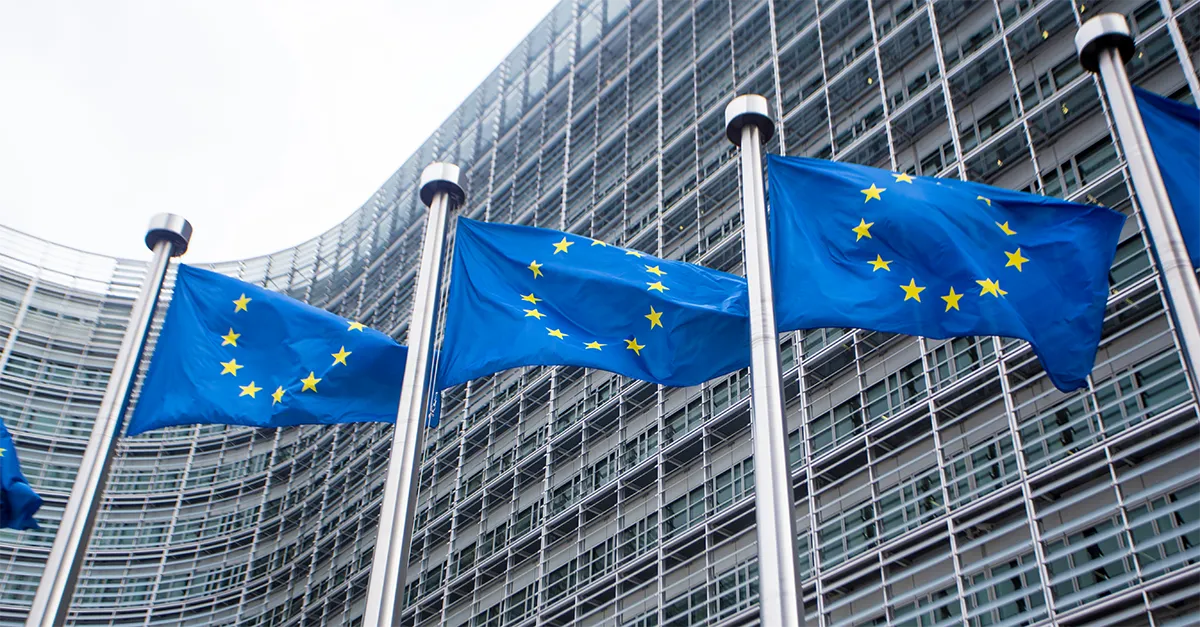July 25, 2022
July 25, 2022
With the dust of Brexit settling, the question on most people’s lips (well, those of us in the healthcare sector anyway!) was: “What will this mean for medicine development in Great Britain?”, specifically, how will this affect the speed with which innovative new drugs get to British patients.
In response, the Medicines and Healthcare Products Regulatory Agency (MHRA) came out swinging with a plethora of new initiatives and schemes, one of which was the Innovative Licensing and Access Pathway (ILAP).
The MHRA rose to the challenge of creating innovative systems to not only support the development of medicines, but also accelerate the timeline to getting medicines authorized.
Europe has not seen a new expedited pathway for drug development since PRIME was introduced in 2016, so MHRA’s initiative is exciting for everyone involved.
The Innovative Licensing and Access Pathway (ILAP) is a collaborative initiative that aims to accelerate the timeline to marketing authorization in the UK and provide medicine developers expert support and guidance throughout the development process. Available for commercial and non-commercial medicine developers, the ILAP covers the following types of medicines:
The pathway is one of a kind in the UK, because medicine developers will not just receive guidance on product development from the MHRA, but also from leading organizations who have partnered - either permanently or in supportive roles - with the MHRA, including:
To be eligible for ILAP, the medicinal product must meet the following criteria:
Criteria 1: The medical condition is life threatening or the medicine fulfills a significant patient or public health unmet need.
Criteria 2: The medicine meets one or more of the following criteria:
Criteria 3: The product may improve safety and efficacy and/or improved patient quality of life over existing medicinal products.
The required first step is to apply for the Innovation Passport and include data on the predominant indication of your medicinal product (if you are developing a product with more than one indication). You also need to include justification and supporting evidence that your medicinal product meets the eligibility criteria, such as preliminary Phase 1/2 data and justification for the potential of your product to meet an unmet clinical need. ProPharma has experience authoring ILAP justifications and can support your application.
If you are developing multiple active substances, you will need to submit separate Innovation Passport applications for each one. However, you can use one Innovation Passport across multiple treatment indications for the same active substance.
Within 4-6 weeks of your application, the MHRA will invite you to discuss how your medicinal product meets the eligibility criteria. Your application will be considered by all partners participating the ILAP pathway, and you should receive an opinion within 4 weeks after the meeting. In PPGs experience these meetings are very collaborative and facilitate open discussion. It is also worth noting that the timelines between application and opinion are relatively short.
If you Innovation Passport is granted, a dedicated team at the MHRA will then work with you to formulate a bespoke TDP based on your product. With input from all the ILAP partners, and access to several different tools, the MHRA will have the opportunity to fine tune all aspects of your product’s development. The TDP will also help you identify and resolve any roadblocks or blind spots in your proposed development plan from a regulatory perspective. As the TDP will be designed around your specific product, it can be adapted over time as your product development plan evolves.
You will need to submit a TDP proposal with supporting evidence, which initiates a TDP kick-off meeting with the MHRA to develop your TDP Roadmap. This meeting gives you the opportunity to present a summary of the proposed content of each aspect of the TDP, discuss any challenges you expect to face and decide which tools from the TDP toolkit you think would be most beneficial to your product development.
Your TDP Roadmap will then be finalized by MHRA with input from all the partners of the ILAP pathway and sent to you within 4-6 weeks.
You can request ANY of the following tools in the TDP toolkit that you think will be relevant to your product development.
Supports non-clinical, clinical, and manufacturing aspects of development by conducting inspections at different stages of the medicine’s development, through to post-authorization. The inspections are designed to transform regulation and ensure that patients receive medicines based on valid and reliable data.
Includes a rigorous review of different parts of the modules that make up the Common Technical Document (CTD). Certification of modules by a multidisciplinary team at the MHRA will provide expert advice on the data and information required in the CTD and highlight strengths and weaknesses in different aspects of your product’s development.
Provides ongoing advice to ensure that the development approach that has been agreed supports the collection of the most robust data to fulfill regulatory requirements and potential post-authorization commitments.
Assists with locating - and potentially recruiting - eligible patients into your clinical study via a centralized search of CRPD electronic health record database.
Facilitates the inclusion of patient perspectives in your product development. Inclusion of the patient perspective is beneficial when it comes time to discuss market access and may play a role in reimbursement.
ILAP supports access to the following pathways:
In fact, qualification onto the ILAP pathway is a pre-requisite for your product being accepted onto Project Orbis.
Supports accelerated clinical development by facilitating the use of new and novel clinical trial designs, including master protocols, and the use of Artificial Intelligence. Innovative trial methods will be encouraged and qualified through scientific advice meetings with the partners of the ILAP pathway.
Provides a joint assessment from multiple stakeholders, including NICE (the UK’s health technology authority) through multiple confidential discussions to engage with you early in development to address any challenges you may face in relation to market access.
The MHRA clinical trials unit will provide support for your Clinical Trial Application (CTA) dossier by conducting a pre-assessment of a draft dossier. This reduces the risk of your dossier not being accepted by an ethics committee and/or competent authority.
It is best to apply for the ILAP pathway early in development to gain the full benefit, and applications are accepted as early as Phase 1 with non-clinical data available. Medicines in later development stages can also apply, however, the further along you are in the development process, it’s less likely you will be able to take full advantage of all the benefits ILAP has to offer.
There are two fees included in the application2:
It is worth noting that the fees may change throughout the pathway, particularly with the TDP toolkit as this is tailored specifically to you and your medicinal product; specific fees for each of the tools in the toolkit will be explained during the TDP process.
Although this is a new initiative to accelerate medicine development in the UK, ProPharma already has experience supporting clients to access the ILAP pathway. We are therefore well-placed to guide you through the application, kick-off meetings and subsequent regulatory discussions.
Interested in learning more? Contact us today to find out how we can help with your global regulatory needs.
1 Medicines and Healthcare Products Regulatory Agency. (2021, 30 March). The Target Development Profile Toolkit. Available at: https://www.gov.uk/guidance/the-target-development-profile-toolkit. (Accessed ).
2 Medicines and Healthcare Products Regulatory Agency. (2021, 30 March). Innovative Licensing and Access Pathway Guidance. Available at: https://www.gov.uk/guidance/innovative-licensing-and-access-pathway. (Accessed ).
TAGS: Europe ILAP Blog ATMP NHS NICE PRIME Regulatory Sciences

July 20, 2022
What it is, why it matters, how you can apply and how we can help. What is the PRIME Scheme? You might be forgiven if you don’t know what the PRIority MEdicines (PRIME) scheme is; but if you are in...

January 21, 2025
Gaining a Competitive Edge: 2024's European Pharma Regulatory Review & Trends to Look for in 2025 and Beyond As the pharmaceutical landscape in Europe evolves rapidly, regulatory frameworks are...

October 30, 2023
Are you truly up to speed on the most effective strategies to expedite the approval process for your innovative product in Europe's evolving regulatory landscape? In the United States (US), the Food...